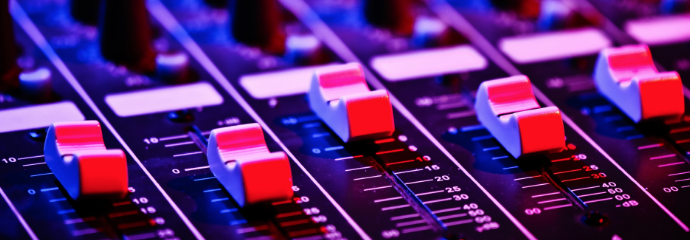THIS IS AN EXCELLENT LIST OF BOOKS USED FOR MY 2005 THESIS ON WOMEN IN MULTIMEDIA. SELECT BIBLIOGRAPY Ahtila, Eija-Liisa, Vanessa Beecroft, Willie Doherty, Douglas Gordon, Aernout Mik, Tony Oursler, Sam Samore, Georgiana Starr, and Gillian Wearing. ID: An International Survey on the Notion of Identity in Contemporary Art. Eindhoven: Stedelijk Van Abbemuseum, 1996. Ammer, Christine. Unsung: A History of Women in American Music. Portland: Amadeus Press, 2001. Anderson, Laurie. The End of the Moon. Gusman Center for the Performing Arts, Miami, 23 October 2004. Armstrong, Simon and Joan Rothfuss. In the Spirit of Fluxus. Walker Art Center, Minneapolis, Minnesota, 1993. Berberian, Cathy. Stripsody. New York: C.F. Peters Corporation, 1966. Born, Georgina. Rationalizing Culture: IRCAM, Boulez, and the Institutionalization of the Musical Avante-Garde. Berkeley, Los Angeles, London: University of California Press, 1995. Bortez, Benjamin and Edward T....

